Everything to Know About Victorian Style, a True Maximalist Aesthetic
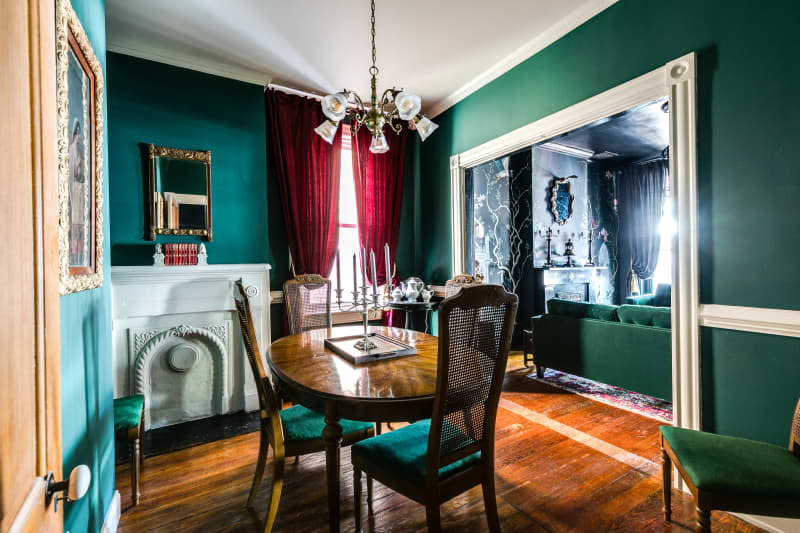
If you’re all about gilded mirrors, intricately designed wood carvings, dramatic wallpaper, and rich upholstery, it’s safe to say that — whether you know it or not — you have a soft spot for Victorian style. Here, a few interior designers are sharing details about the history of this storied style, including the time period in which it originated and the typical layout of a Victorian home. You’ll also find the main characteristics of classic Victorian interior decoration as well as some pro suggestions on how to integrate the Victorian trend into your own home while ensuring that your space looks chic and contemporary — not fussy or dated. It’s all about balancing the old with the new in this maximalist-inspired mix.
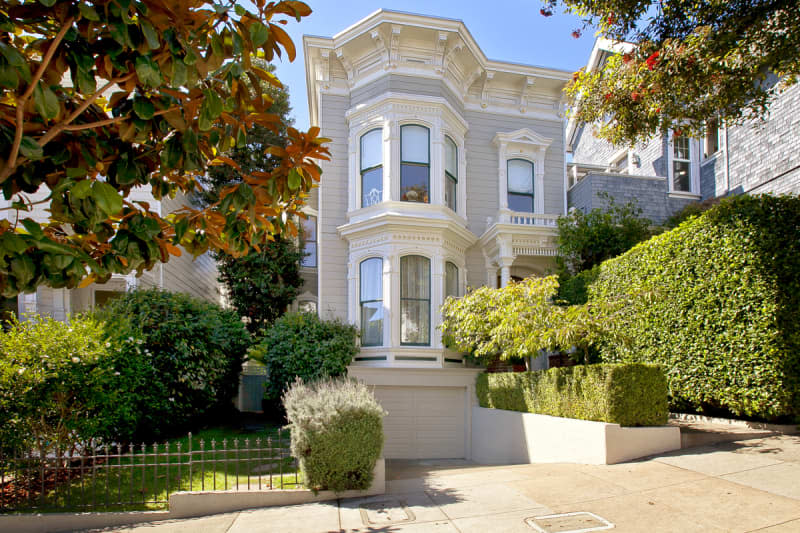
Victorian Style by Definition
As the name suggests, Victorian design originated in the United Kingdom during the time of Queen Victoria’s reign, which lasted from 1837 to 1901. During this period, England was home to a growing middle class and an overarching increasing interest in aesthetics, thanks to more affordable decorative items via new methods of mass production. Ornate in detail, heavy on pattern, and all about opulence, Victorian style embodied the concept of “more is more” decor, which, perhaps, is why it resonates with those who love maximalism today.
Victorian architecture made its way to the United States during the mid-to-late 19th century and can still be seen throughout cities like New York and San Francisco today. In urban areas, Victorian homes are often three-story townhomes; the first floor contained a parlor as well as sitting and dining rooms, the second floor was for bedrooms, and the third floor typically accommodated staff, explains San Francisco-based designer Kendall Wilkinson, who has renovated and designed several Victorian homes over the course of her career. Kitchens were typically found in the basement or at the back of the house. Victorian homes tend to also feature beautiful exteriors with wraparound porches, bay windows, and steeply pitched roofs.
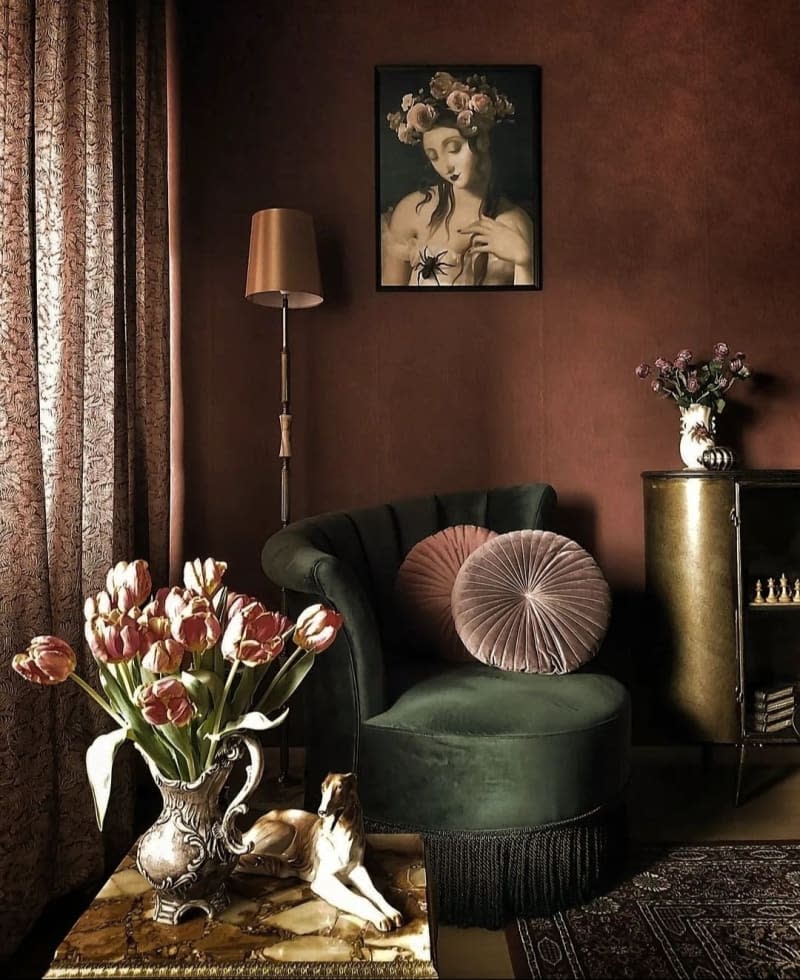
The Main Elements of Victorian Style
Victorian homes were known for their grand staircases, high ceilings, and generous proportions — and this allowed residents to lean into drama when decorating. As designer Andrea May, the founder of Andrea May Interiors, puts it, “Overall, the Victorian aesthetic is ‘go big or go home.’” Victorian houses contained design elements such as voluminous draperies, rich upholstery, ornate stained glass windows, parquet floors, intricate woodwork, and brass hardware, the designer shares.
But that’s not all. Victorian homes also featured plenty of jewel tones and rich colors, design elements that Nureed Saeed, the founder of Nu Interiors, considers to be timeless. “Take for instance the use of navy, layered with yellow and a velvet olive green,” she says. Pattern mixing also reigned supreme, and the use of wallpaper was common, too.The hallmarks of Victorian style include:
Jewel tone palettes that feature darker reds, greens, blues, and browns
Darker, richer woods, like mahogany, rosewood, and walnut, for flooring, wall paneling, and furniture
Patterned textiles and wall coverings, particularly floral prints and flocked damasks
Sumptuous curtains, carpets, and upholstery
Intricate moldings, cornices, and ceiling details
In terms of furniture, carved wooden pieces were also quite popular and typically were upholstered in heavy brocades or velvets to achieve a tufted look. “The taste was very romantic,” says designer Caroline Kopp, the founder of Caroline Kopp Interior Design.
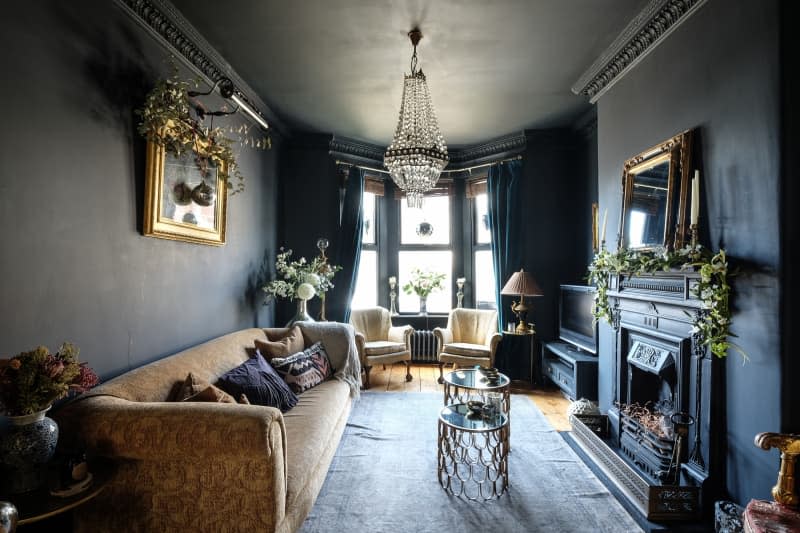
How to Bring Victorian Style into Your Own Home
Looking to introduce elements of Victorian design into your own home but not sure where to begin? Don’t be afraid to mix and match a bit, says May, who notes that Victorians often combined a variety of different styles in their spaces. “By juxtaposing cleaner, more contemporary pieces with elements of Victorian design and architecture, you can bring focus to the details that really speak to you most,” she adds.
Kopp agrees that those designing a Victorian-inspired space should be sure to integrate modern elements. “Going full Victorian is likely to feel stuffy and cluttered, so you need pieces with clean lines to balance out the architecture,” she explains.
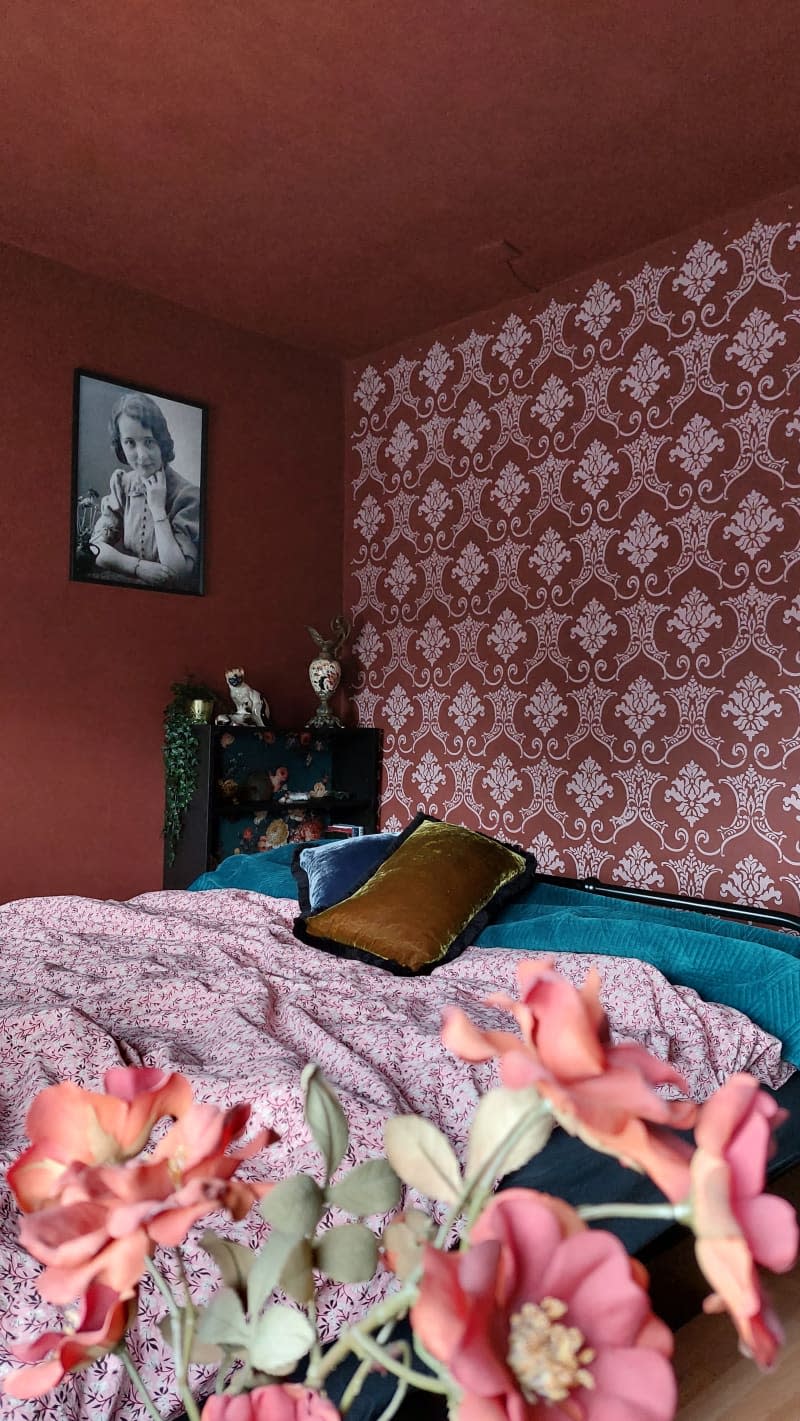
Wilkinson suggests brightening up a home’s interior with neutral paint colors. For those looking to bring a dose of classic Victorian style pattern into their home, she suggests opting for Morris & Company wallcoverings for a “quintessential English feel.”
Last but not least, don’t be afraid to go a bit glam. “A sparkly chandelier, a single Victorian-era chair, or an intricately patterned wallpaper would be a great addition to any modern home,” says designer Melanie Coddington, the founder of Coddington Design. In one of her own projects within a San Francisco Victorian, she hung solid pink silk drapes to play up the height of the home’s bay windows and unrolled a custom jewel-toned rug to ground the space. Other elements to consider include:
Installing a flocked wallpaper in a dark, moody colorway
Leaning a gilded mirror above your fireplace or hanging one in an entry
Accessorizing with grounding pops of black or other rich jewel tones
Adding moldings or panelings in common areas within the homes for an extra touch of formality

